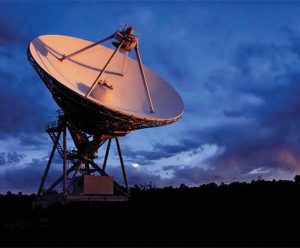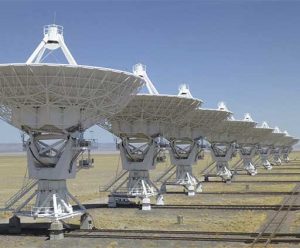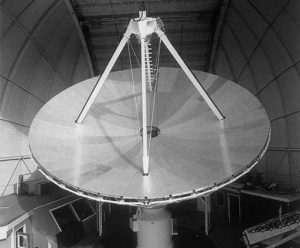The launch of a Japanese satellite will help create the largest astronomical instrument ever built — a radio telescope more than two-and-a-half times the diameter of the Earth.
Upgrading the VLA
A VLA upgrade proposes an essentially new instrument, created from two existing instruments, with power and capability far exceeding that of either one alone.
Extrasolar Planet Hunt with Millimeter-wave Telescopes
Do nearby stars have planetary systems like our own? How do such systems evolve? How common are such systems? Proposed radio observatories operating at millimeter wavelengths could start answering these questions within the next 6-10 years, according to scientists at the National Radio Astronomy Observatory.
NRAO Makes Available VLA Sky Survey Maps
An original and comprehensive data set potentially full of scientific surprises now is available to astronomers, students and the public through the information superhighway.









